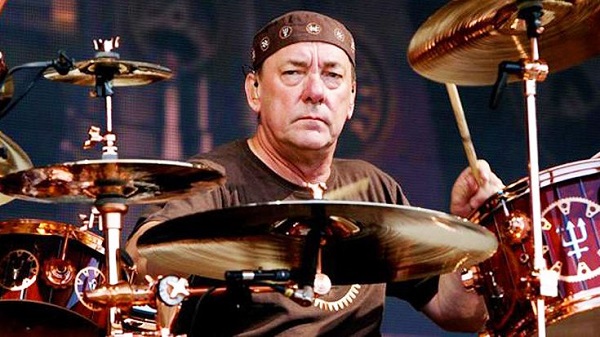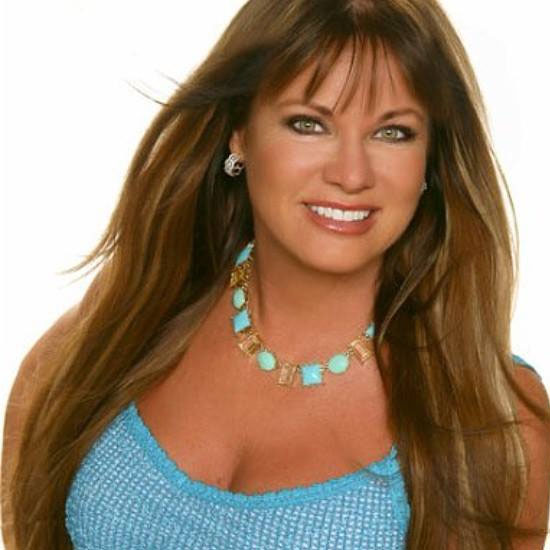
Neil Peart, the pyrotechnical drummer and high-concept lyricist for the Canadian progressive-rock trio Rush, died on Tuesday in Santa Monica, California. He was 67.
The cause was brain cancer, according to a statement by the band’s spokesman, Elliot Mintz.
Rush was formed in 1968 but found its long-term identity — as the trio of Geddy Lee on vocals, keyboards and bass, Alex Lifeson on guitars and Mr. Peart on drums — after Mr. Peart replaced the band’s founding drummer, John Rutsey, in 1974.
Mr. Peart’s lyrics transformed the band’s songs into multi-section suites exploring science fiction, magic and philosophy, often with the individualist and libertarian sentiments that informed songs like “Tom Sawyer” and “Freewill.” And Mr. Peart’s drumming was at once intricate and explosive, pinpointing odd meters and expanding the band’s power-trio dynamics; countless drummers admired his technical prowess.
In a recording career that continued into the 2010s, Rush headlined arenas and had more than a dozen platinum albums. Mr. Peart was also an author, writing books about his travels and his memoirs. After a Rush tour in 2015, he retired from performing, citing its physical toll. According to the band’s statement, he had been suffering from brain cancer for three and a half years.
Read more about:Inspirational Story Of A Acid Attack Survivor Anmol Rodriguez And Victim Of Her Own Father When She Was A Child!
Neil Peart Drumming Career.
”His drumming was songwriting,” Foo Fighters’ drummer, Taylor Hawkins, said during Rush’s induction into the Rock & Roll Hall of Fame in 2013. “It was just as musical, just as melodic, as any other instrument in the band.” He also noted that Mr. Peart had “spawned a generation of air drummers for decades to come.”
Neil Peart was born on Sept. 12, 1952, in Hamilton, Ontario, where his parents, Glen and Betty Peart, had a dairy farm. In 1980 he told Modern Drummer magazine that as a child he would “pick up chopsticks and play on my sister’s playpen.”
He hadn’t been interested in early piano lessons, but at 13 he began taking drum lessons and found that drumming was “pure pleasure,” he told the magazine. “I’d come home every day from school and play along with the radio.”
After playing in rock bands during his teens, he moved to England at 18. But in 1972 he returned to Canada, where he worked at his father’s farm-equipment dealership and played with local bands.
In 1974, an audition got him into Rush. He became the band’s lyricist, he said in 1980, “just because the other two guys didn’t want to write lyrics.” He added that he considered the band’s lyrics “secondary” to the music.

“A lot of times you just think of a lyrical idea as a good musical vehicle,” he said.
Neil peart drum set
Mr. Peart grew up as a fan of loud, flashy drummers like Keith Moon, Gene Krupa, John Bonham and Ginger Baker, and he was known for hitting his drum kit hard. But as his playing developed, he quickly earned a reputation for precisely conceived, meticulously executed drum parts.
He expanded the standard drum kit with double bass drums and a wide array of cymbals, wood blocks, bells and timpani, and he eventually added electronic percussion to his arsenal when it suited the music.
His recording career with Rush began with the band’s second album, “Fly by Night,” in 1975. His approach immediately transformed the music from blues-based hard rock to compositions that were more demanding, ambitious and changeable. Rush’s 1976 album, “2112,” began with a 20-minute, seven-part title track.
Rush built an audience through extensive touring and increasing FM radio airplay, and its early-1980s albums, “Permanent Waves” (1980) and “Moving Pictures” (1981) both reached the Top Five in the United States. “Moving Pictures,” which includes the song “Tom Sawyer,” was the band’s best-selling album, with four million sales in the United States.
By then, Rush had established itself on the arena circuit, where it persisted until its last tour in 2015. Rush’s music altered through the decades — embracing synthesizers and electronics, reclaiming power-trio muscle — but never shied away from musical challenges or grand verbal conceits.
The band stated that “Clockwork Angels,” its 2012 album, “features lost cities, pirates, anarchists, exotic carnival, and a rigid Watchmaker who imposes precision on every aspect of daily life.” It was turned into a science-fiction novel by Kevin J. Anderson.
Rolling Stone placed Mr. Peart at No. 4 in its 2016 list of “100 Greatest Drummers of All Time.” Mr. Peart paid tribute to one of his influences when he produced a two-volume compilation, “Burning for Buddy,” pairing the Buddy Rich Big Band with jazz and rock drummers including Mr. Peart, Max Roach, Bill Bruford, Steve Gadd and Omar Hakim.
Mr. Peart also made instructional DVDs: “A Work in Progress,” about composing drum parts, and “Anatomy of a Drum Solo.” He was an avid motorcyclist, and wrote six books about his travels and music.
Also read:Look The Celebs Went For The New Year Eve 2020

In 1997, the members of Rush received the Order of Canada, a national honor.
Mr. Peart is survived by his parents; his wife, Carrie Nuttall; a daughter, Olivia Louise Peart; two sisters, Judy and Nancy; and a brother, Danny. His first wife, Jackie, and his daughter Selena died before him.
Although Rush’s music was proudly untrendy, it drew fiercely loyal fans who embraced lyrics like those Mr. Peart wrote for “The Spirit of Radio”:
All this machinery making modern music
Can still be open-hearted
Not so coldly charted
It’s really just a question of your honesty.
Short bio
Drummer and main lyricist for progressive rock band Rush, “The Professor” has unquestionably set high standards in the world of drumming with his well thought out and challenging drum parts, as well as with his magnificent sculptured drum solos. He’s one of the biggest drum heroes in the world of rock music, and one of the main reasons many of you have picked up a pair of drumsticks.
Born Neil Ellwood Peart on the 12th of September of 1952, Neil Peart would be the first of four kids his parents wound up raising. For the first couple of years of his life, he logged with his parents on their own farm in Hagersville, on the outskirts of Hamilton, Ontario, Canada. Eventually, they moved to St. Catharines, Ontario, Canada the largest city in the Niagara Region. See more bio….
Source:The New York Times
You may wants to know more about the net worth, realationhip,parents, education of Ed Helms,Cheryl Casone and Kaitlin Doubleday



























































